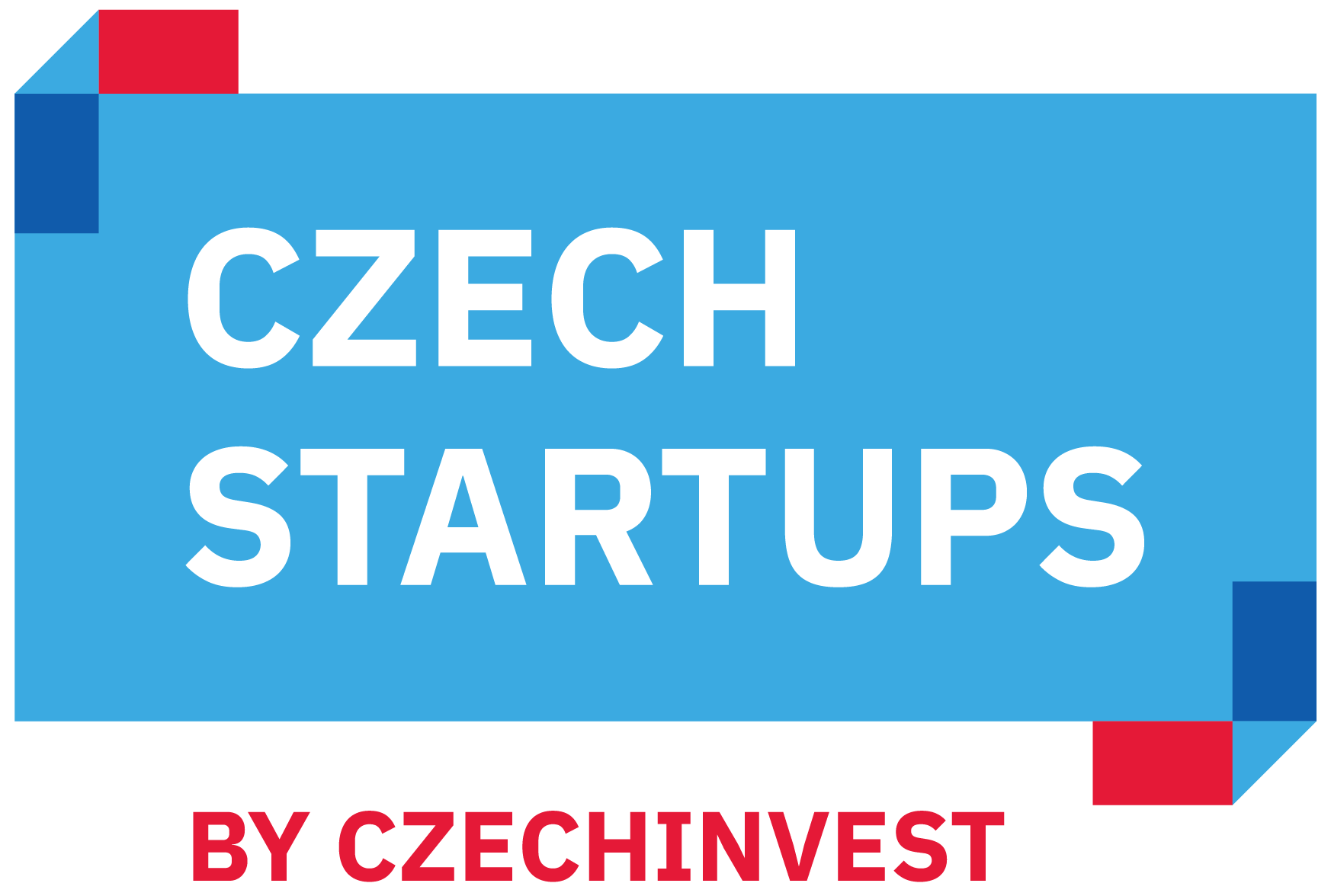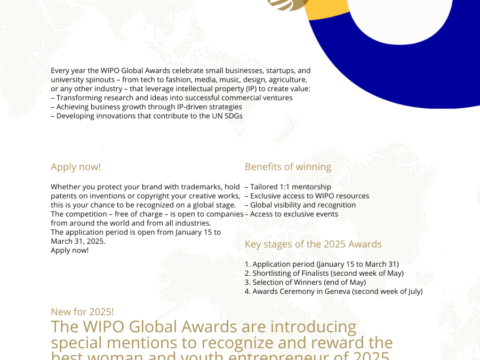Since 2017 Eszter Szabo, the founding president of Women / Business / Angels, an NGO facilitating and promoting women’s engagement in innovation decision making, has had one very specific goal: to figure out how to accumulate more local capital to raise CEE’s score in today’s reckless global innovation competition. One element of that is to attract into the system more women together with businessmen as business angel investors. Why? Because transparent and increased capital would mean starting more innovative businesses.
Eszter counsels governments to help them score better in attracting new investments and upgrading the existing investment pool. She also works with ambitious executives in their efforts to build up companies in the CEE region while also empowering them to create their personal brand in today’s digital era. The question she helps leaders to answer is, How can we tell the world a better story of Central Eastern Europe?
1) Tell us something about yourself. What are you currently working on?
If I wanted to be immodest I would say my name is “Two Billion Dollars FDI into CEE”. This is the amount of capital that has poured into CEE, creating 6,000 extra industrial jobs, including five R&D centres in a post-communist region during the period of time when it was catching up with luckier economies without our 45 years of dead-end economic development. I did not do it alone, but working with seven sets of global, European, regional and local executives, inside and outside of the global company. These figures showcase the results of two decades of persistent work with the biggest US investor between 1996-2015. Those 20 years taught me how to create a region and how to engage executives in the creation of the next step of the economy. This translates into a unique CEE experience in the global game. Since 2017, as the founding president of Women Business Angels, an NGO facilitating and promoting women’s engagement in innovation-related decision-making, I have had one very specific goal, which is to figure out how to accumulate more local capital to raise CEE’s score in today’s reckless global innovation competition. One element of that is to attract more women together with businessmen as business angel investors into the system. Why? Because transparent and increased capital would mean more innovative businesses to start. The second tool is connecting key players of innovation ecosystems, like VCs, co-working offices, women’s business networks, chambers of commerce and even big companies across borders to reach more potential investors and to create a regional sense of shared goals. They can become a network of the networks. The third element is to train potential investors. We started a pilot angel investor training programme in Hungary. I know there is another similar initiative lead by Keiretsu Forum here in the Czech Republic. So to reply to your question with a T-shirt slogan: more women, more businessmen and more innovation in CEE.
2) How would you compare the investment environment in the CEE region with that of the rest of the Europe?
CEE has only 28 years of experience with a market economy. Those who read this interview are most probably young. Your parents’ generation learned how to survive the tectonic shift of an economic system and that generation therefore proved to be very creative. GenY is also creative, though in a different way. What is the difference? This generation has zillions of ideas, which is great. However, the next step is often missing. You have to make your idea work and become sellable on global markets in today‘s digital era. That means more business knowledge, experience in addition to creativity and the necessary IT knowledge. These entrepreneurs need a network of experienced people who are deeply involved in global markets. Where do these people come from? For example, an extra inflow can come from the managers of global companies working here in the Czech market.
3) How can the CEE economy rise?
Start-ups can create a lively and blitz scaling part of the CEE economies. What do start-ups have to watch carefully? I heard a thought-provoking reply to that question at a session and private dinner with the leadership of Techstars at the end of last year. The head of their Berlin accelerator talked about what makes a CEE start-up stand out from the crowd. His answer was horrible capitalisation tables. Investors are too hungry and entrepreneurs are typically too inexperienced. We need to change this through education and by involving more people as investors, making them understand that the entrepreneur is the central figure who makes the company happen. The more investors operating on the market, hopefully the less greed we will experience. Angel investors would bring other benefits, as they invest their own money and social capital and share their business experience. They also can feel the daily sweat and tears of the entrepreneur. That makes an enormous difference!
4) What role does the Women Business Angels Association play in the CEE region?
We work on three levels. The first one is to connect CEE’s decision-makers in the field of engaging women in innovation-related decision-making. For example, we hosted Czechitas in Budapest last year. Most recently, I participated in the Krynica Economic Forum in Poland. Have you heard about it? It is the largest Davos-like business forum of CEE with a developing part dedicated to start-ups. We were on a panel with six macroeconomists talking about how to get CEE to avoid stagnation. Yes, that is a valid threat. They were talking about the usual stuff macroeconomists generally talk about: changing the value proposition for FDI, no cheap labour anymore and innovation offered instead. Easier said than done. I was the only one who stressed the importance of strengthening local capital accumulation. On my part, I emphasized the role of angel investment. In Europe 300,000 angels invested 6.7 billion euros in 38,000 companies in 2016. This is tremendous economic power! As the president of the European Business Angel Network stressed: The whole of European growth was coming from business angel investors. And there is a lot of opportunities for startups for getting smart money backed by real businessmen and women, and we should not forget the latter.
5) What is the representation of women setting up businesses in the CEE region?
Insubstantial – still. In most of the countries, it is below 10% on both investment decision-making sides: investor and entrepreneur. I am talking about real, innovative businesses with huge international growth potential, not another nice beautician’s shop. That is important, but it does not make the Czech Republic more competitive globally. Women entrepreneurs need to become more willing to take risks with highly experienced men and women supporting them, and that process would lead to changing our business culture. In the Czech Republic, there are businesswomen who think about other women and co-educated investment. It’s great to know Emilia Mamajova, co-founder of Espira Investment, focusing on gender balanced investments, and Dita Přikrylová, the founder and CEO of Czechitas, promoting girls’ engagement in IT, as well as Marketa Havlova, director of the Start-ups Department at CzechInvest. We should be persistent, active and patient. Efforts should be taken by both men and women to change the current male-dominated innovation culture.
6) Why is the percentage share of women setting up their own businesses relatively low? How can women be encouraged to set up more of their own businesses?
We need to showcase more female role models and find more men who miss having women present at the business tables where decisions are made. While doing it step by step we will develop a more inclusive culture in the process of creating the next business generation in CEE. After all, CEE needs both men and women to score globally higher.
7) What are the most interesting innovative projects you have come across during your entire career?
On a large scale, at the country level, currently it is Estonia. The way they have transformed their country into becoming digital. It started with a man who was the ambassador of Estonia to the US at the beginning of the 1990s. He saw how the automotive industry was disappearing in certain parts of the US. Then he thought if you want to avoid economic disaster caused by technology change, you have to create that change. He went back to Estonia, convinced the government, became the president of the country and led Estonia through a both horizontally and vertically thorough computer and online literacy project that led to a thriving start-up scene. Estonia’s example teaches you that some people with influence on decision-making can make a huge difference if they are proactive. The initiative was right on time and persistent. I have lots of friends in the innovation ecosystem in Estonia. With one of my colleagues, Andrea Dintser, the strategic outreach leader of Women/Business/Angel, I am attending CzechInvest’s Women Start-up Forum in Prague. What’s more, we have been working with several start-ups. After all, we are also angel investors. We are currently evaluating an investment in a start-up that is set up both in Estonia and in Hungary. Follow #CEEforInnovationHub.
Eszter Szabó is the president of the Women/Business/Angels, which promotes women’s participation in innovation-related decision-making. She is an Honorary Professor at Hungary’s N1 business school, Budapest Business School, and she is a Council Member of the Krynica Economic Forum (Poland).







